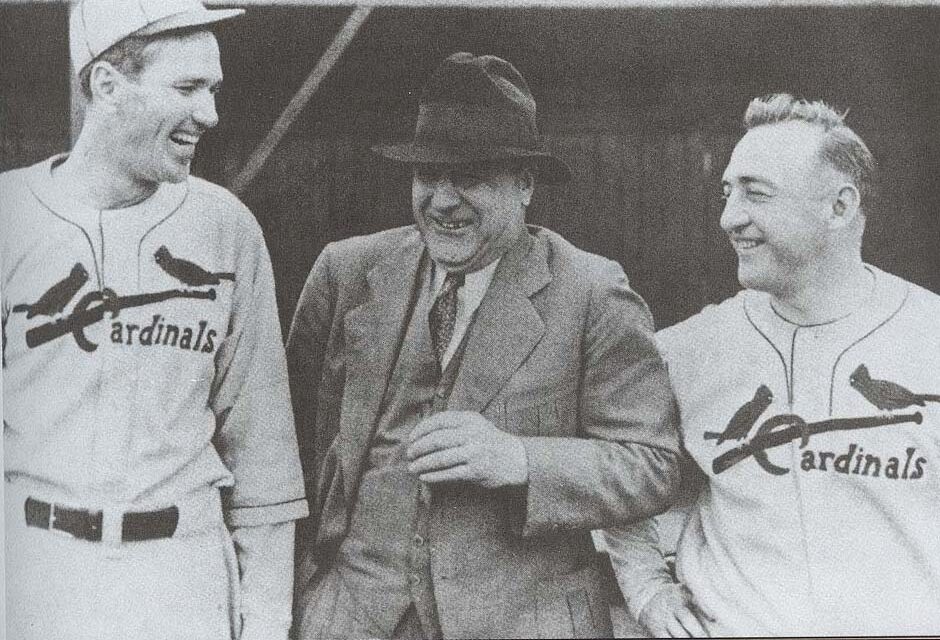
Mitchell and Ness
In February 1961, the expansion Mets were putting together a front office in preparation for their first season, roughly 14 months in the future. Chairman of the Board, M. Donald Grant, was seeking a GM, and reached out to legendary Branch Rickey, who on February 15, 1961, turned down the job offer.
George Weiss, former GM of the Yankees, would accept the role as first GM in franchise history in May of 1961. It’s interesting to think that Rickey could have been the Mets GM in their early years.
Rickey is known for his role in breaking down baseball’s color barrier, by bringing Jackie Robinson to the major leagues in 1947. Rickey signed Robinson, who had been playing for the Kansas City Monarchs of the Negro League, in 1945 and sent Robinson to play for the minor league Montreal Royals. Robinson helped the Dodgers reach the 1947 World Series against the Yankees.
While the Robinson story is well known, Rickey was involved in several other baseball innovations in the 1940s and 1950s. Under Rickey’s guidance, the Dodgers were the first team to have a full-time spring training facility. Their facility was set up in Vero Brach, Florida. Rickey also championed the use of batting cages, pitching machines, and importantly, batting helmets.
Another impact Rickey had on baseball was the early use of statistical analysis to evaluate players. Rickey hired a full-time statistician in 1947, and was among the first in the game to rank on-base percentage ahead of batting average as a key metric for position players. Rickey also was a pioneer in the concept of platooning players to get the most out of their abilities.
Rickey began his front office career in 1919 with the St. Louis Cardinals. He is given credit for the famous Cardinals’ logo of two redbirds sitting on a baseball bat. In 1920, he stepped down as team president and became the field manager for six seasons. Rickey remained with the Cardinals until 1942, when he left to join the Dodgers. While with St. Louis, he is also credited with developing the structure of the current minor league system, with several affiliated teams to one organization.
Rickey was with the Dodgers from 1942-1950, and at one point owned 25% of the team. After leaving the Dodgers, he became executive vice president of the Pirates. In a story familiar to Mets fans, Rickey cut the pay of slugger Ralph Kiner, after Kiner led the league in home runs, saying to Kiner, “we finished last with you, we can finish last without you.”
Rickey became president of the experimental Continental League in 1959. The league was created to appeal to fans in the western United States. With the major league’s western expansion to Los Angeles and San Francisco going well and future western expansions planned, the Continental League disbanded before it started.
After turning the Mets down, Rickey returned to the Cardinals in 1962 and remained there through the 1964 season. Rickey retired at that point, and passed away suddenly in 1965. He collapsed while giving a speech, and never regained consciousness. Rickey was 83 years old at the time of his death.
As we know, the Mets went on to win the World Series in 1969, a fast rise to the top after their inaugural season of 1962. Would they have gotten there sooner or after 1969 if Rickey were the GM? What other innovations may have come to the Mets? How might the franchise be different to this day?
We’ll never know. We do know that Rickey was a true innovator, a New York baseball legend, and a high-profile executive in his time who almost worked for the Mets.
















